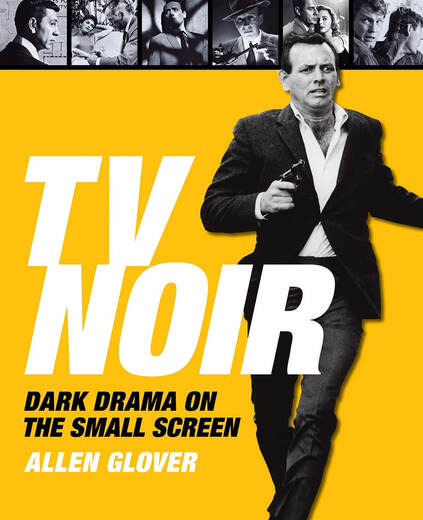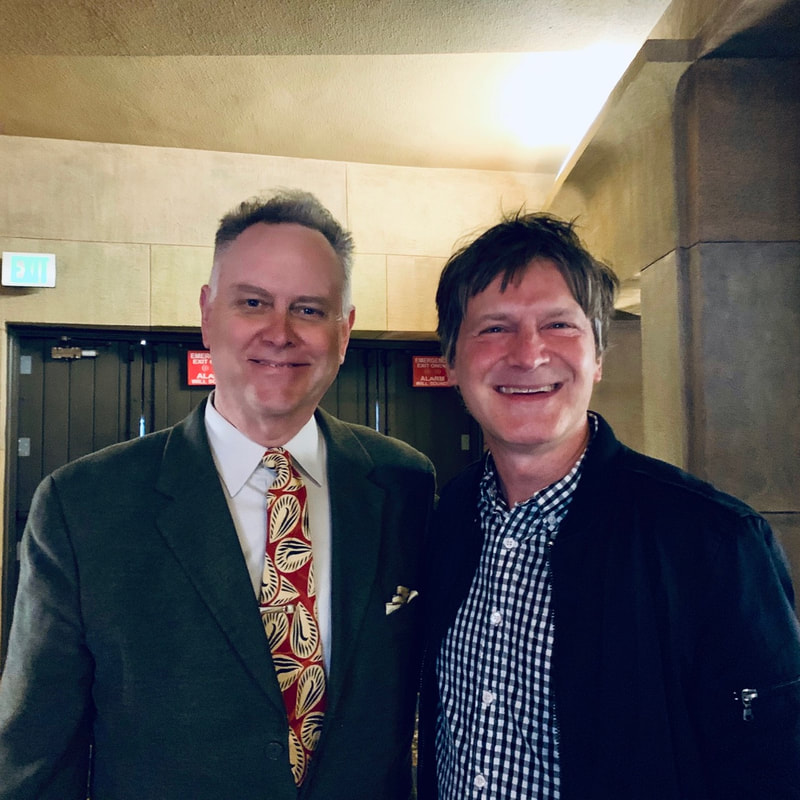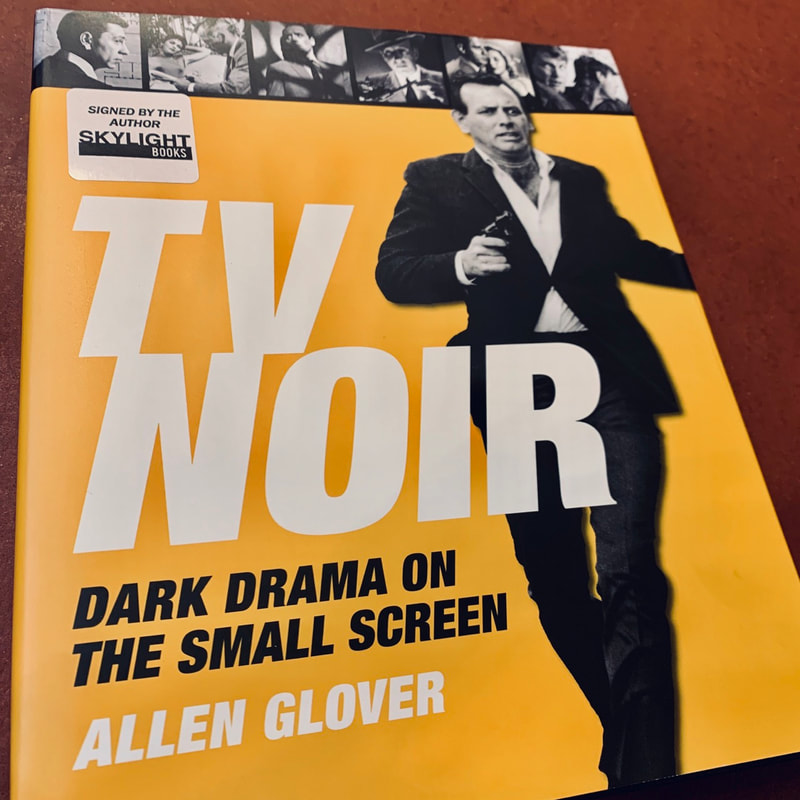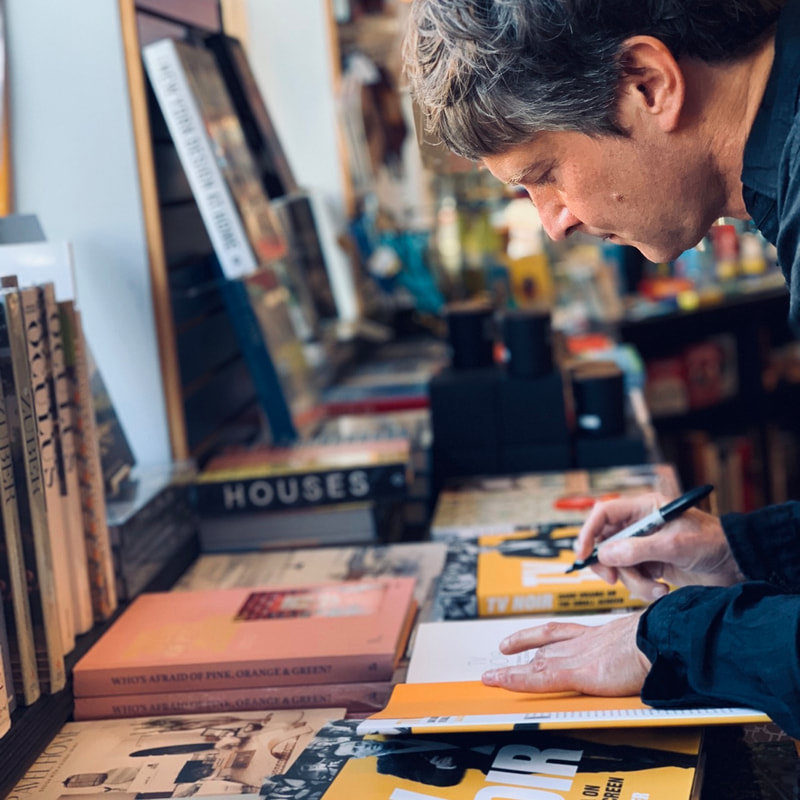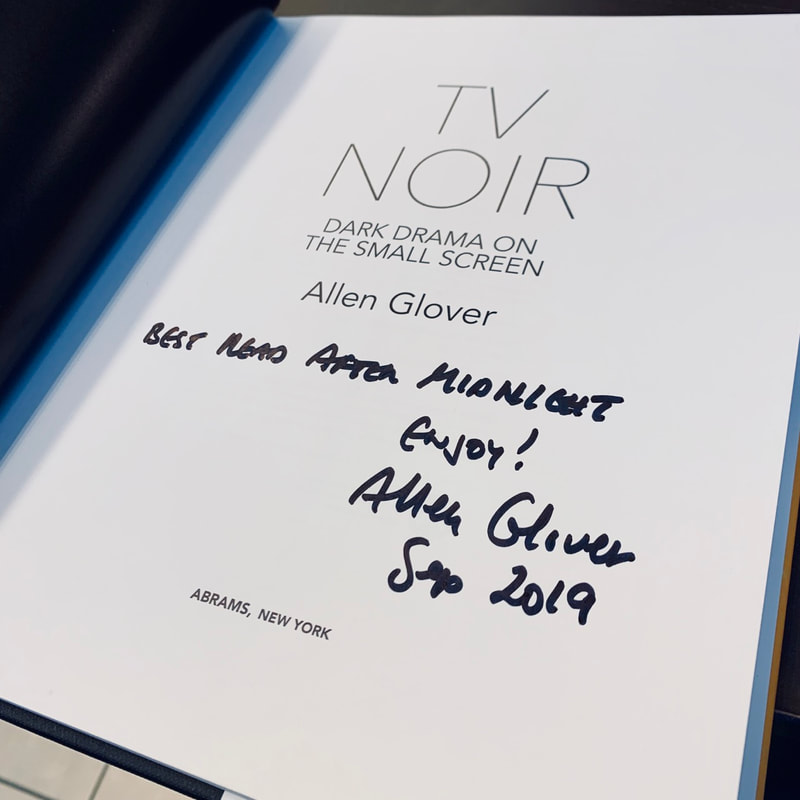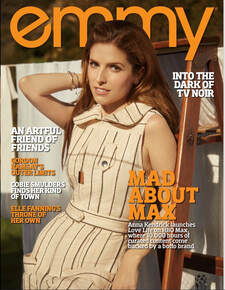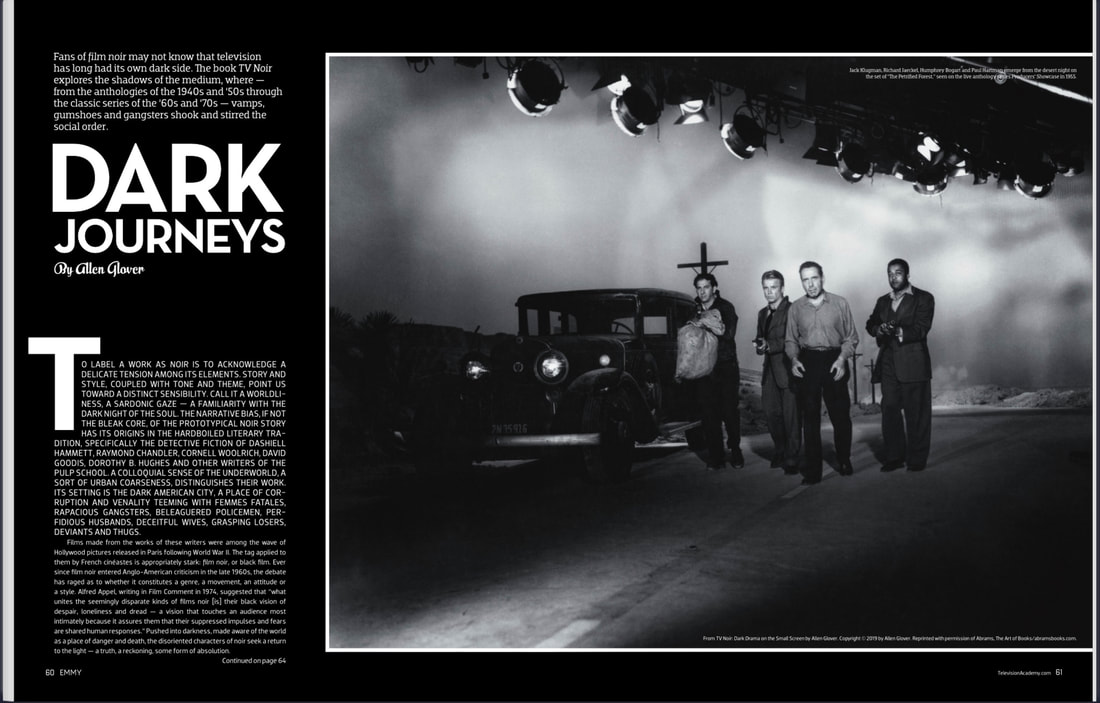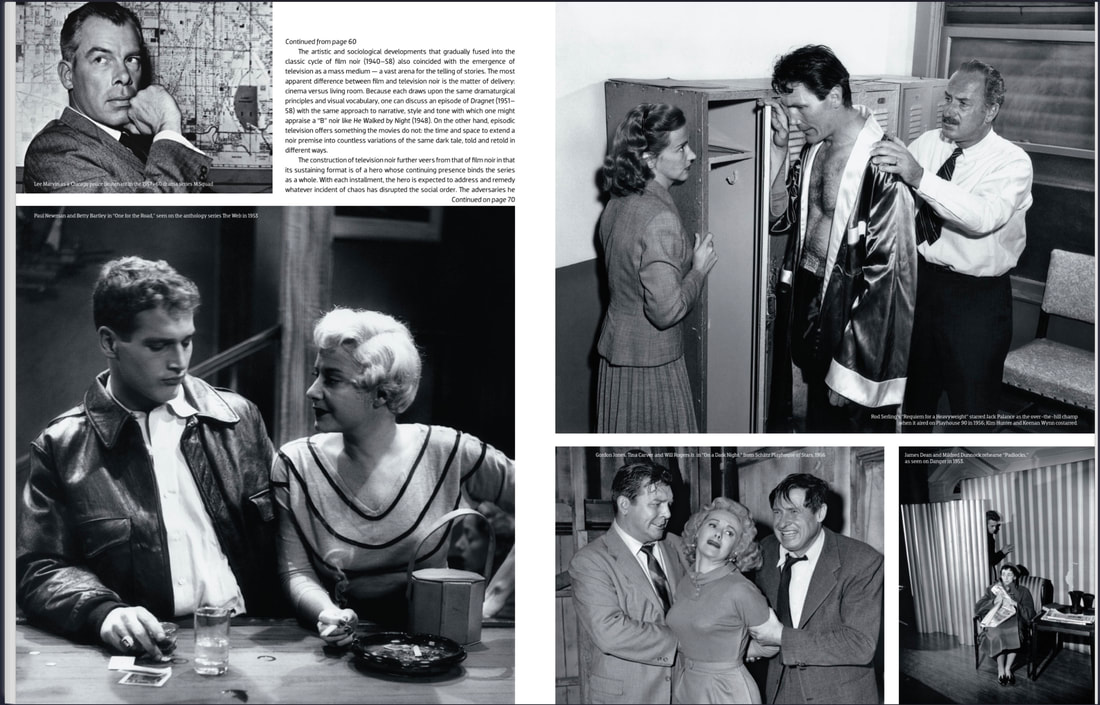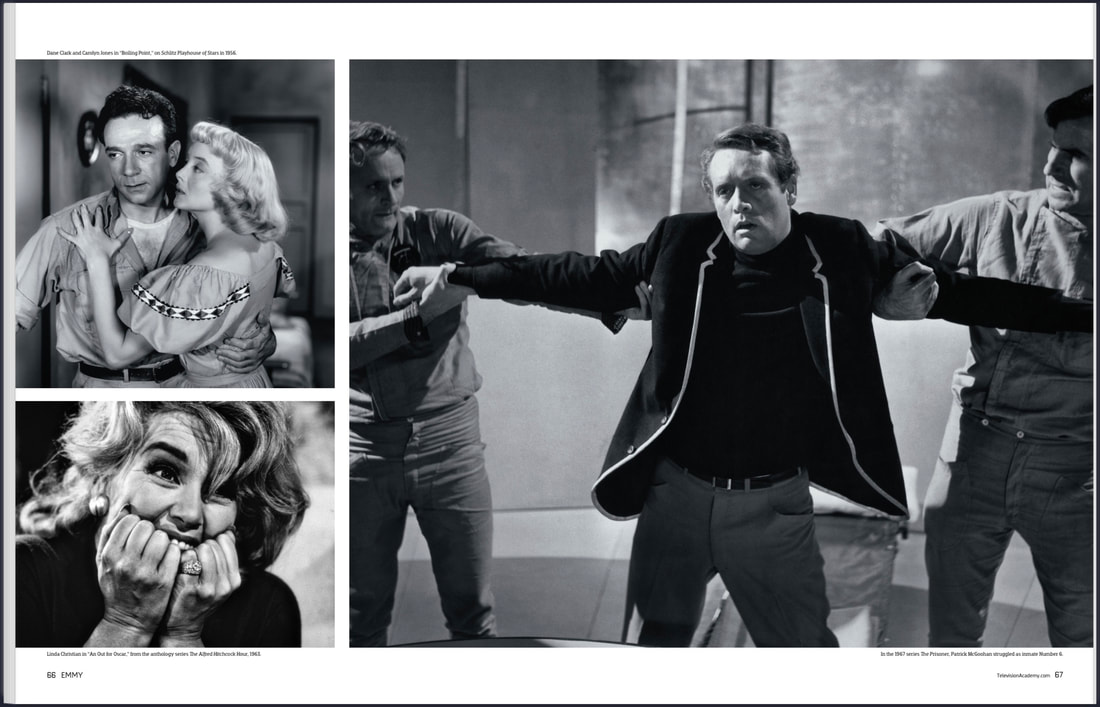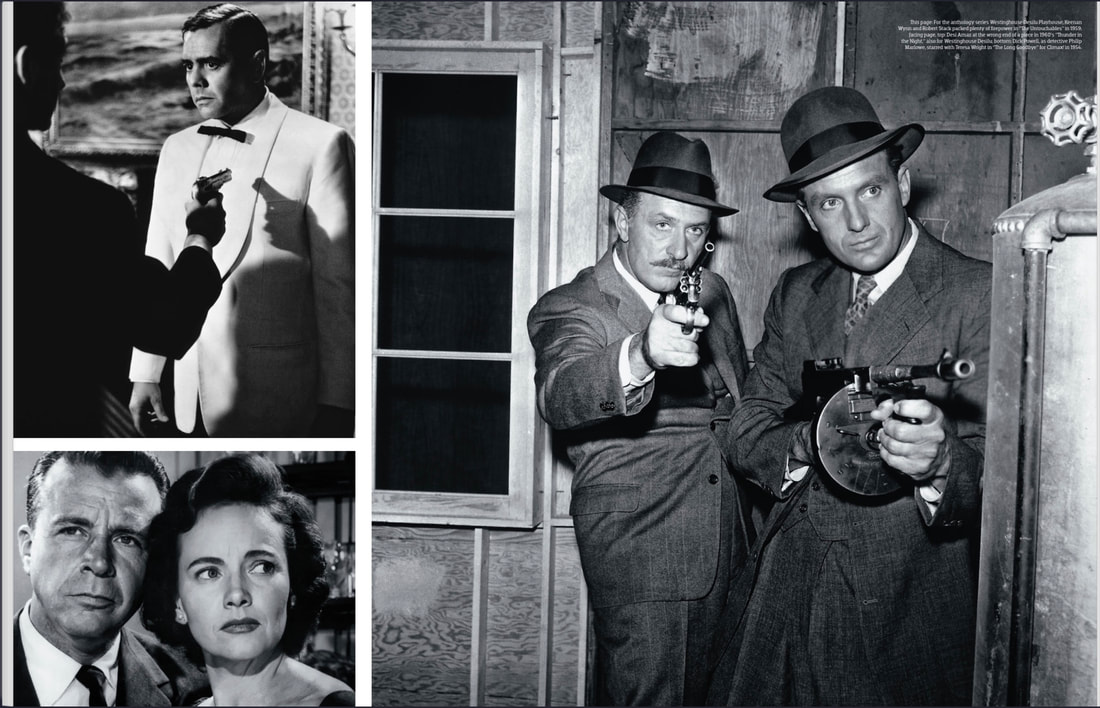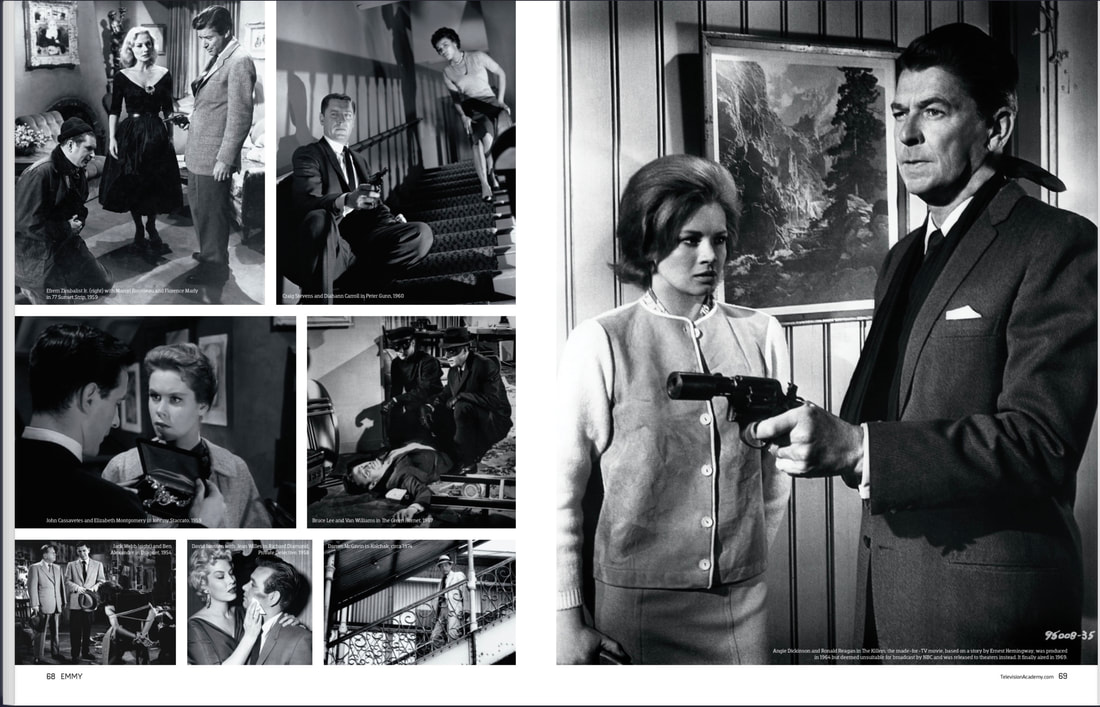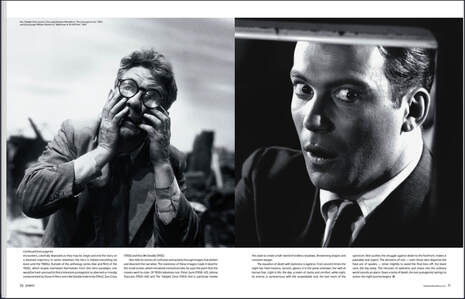TV Noir
|
The pioneering, incisive, lavishly illustrated survey of noir on television—the first of its kind.
Noir—as a style, movement, or sensibility—has its roots in hardboiled detective fiction by writers like Raymond Chandler and Dashiell Hammett, and films adapted from their novels were among the first called “film noir” by French cinéastes. But film isn’t the only medium with a taste for a dark story. Hundreds of noir dramas have been produced for television, featuring detectives and femmes fatales, gangsters, and dark deeds, continuing week after week, with a new disruption of the social order. In TV Noir, television historian Allen Glover presents the first complete study of the subject. Deconstructing its key elements with astute analysis, from NBC’s adaptation of Cornell Woolrich’s The Black Angel to the anthology programs of the ’40s and ’50s, from the classic period of Dragnet, M Squad, and 77 Sunset Strip to neo-noirs of the ’60s and ’70s including The Fugitive, Kolchak, and Harry O, this is the essential volume on TV noir. Imprint: Abrams Books
Page Count: 256 Illustrations: 298 B&W and 147 Color Trim Size: 8 X 10 (Hardcover) Other Formats: Kindle, eBook, Audible Please scroll down for excerpts, reviews, and news. |
Explore TV Noir by clicking on any chapter title:
|
Introduction
|
|
Live Noir
|
|
Closing Scenes
|
Reviews
|
* Each section could be a stand-alone show at a media museum or, better yet, a series at a dimly lit revival house. Essential for noir lovers, especially those who have exhausted the film canon and are hungry for more.
Library Journal * TV Noir is a very thorough and engaging book . . . Glover really knows his stuff—not just the genre, but also how to present a really good read. Rating: 9/10.
Cultured Vultures * By taking such a diverse group of series and picking out the noir elements in each, Glover makes a compelling case for the genre to stand in its own right, separate from film, as a worthy and important artistic expression. The writing here is erudite and confident and, in part because examples used are often wildly differing, agreeably not repetitive in the arguments being made. The majority of the series in this book have had comparatively little written about them and it’s pleasing that Glover does so with clear-headed affection, wit and depth. If you’re a scholar of television history or simply just interested in the shows mentioned above, there is much to enjoy and it’s honestly likely that our rating would go up after more time spent with it. Highly recommended. 8/8.
Starburst Magazine * Remarkably, despite the number of books on noir movies this is the first really comprehensive encyclopaedia on TV noir. It is beautifully illustrated, black and white/colour photoplates, images of book covers, behind the scenes shots, film and TV stills, and posters, there's an image on nearly every page. TV Noir serves very well as a survey of the noir genre programming across the major US TV networks that is satisfying whether you are looking to relive a past joy (a trip down memory lane) or discover the kind of TV that led to the programmes you love today. This is also a book that would suit a more academic enquiry into the art of noir on TV. Glover explores the transfer from book, movie and radio to TV, technical developments, plots, casts, writers, directors, socio-political context, critical theory and, to a lesser extent, the economics of it all. This is much more than a glossy scud through TV history.
NB Magazine * Adding insight on a show as extensively analyzed as The Twilight Zone is a tall order, but Glover manages to illuminate some of the more obscure episodes, aligning them with the tropes of classic noir. ... Glover employs a stylish, engaging vernacular in a book that makes a significant addition to the canon: essential reading for anyone interested in expanding their knowledge and appreciation of film noir beyond the big screen.
Noir City / Film Noir Foundation * Glover's ambition is to broaden our view of the noir universe, and to do so substantially. TV NOIR: DARK DRAMA ON THE SMALL SCREEN is the first comprehensive study of the contribution of television to this genre (or whatever you want to call film noir) and he makes one thing clear: Noir television didn't just begin after the cinema had familiarized a larger audience with this worldview, it happened at the same time. The entanglements are deep and manifold. (Translated from the original German.)
CulturMag |
|
